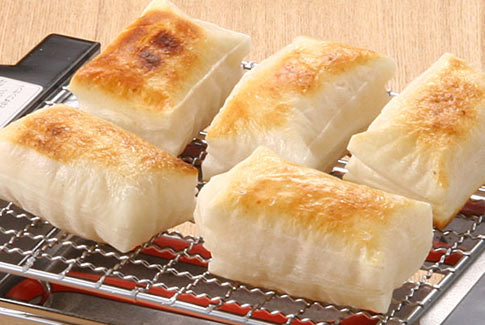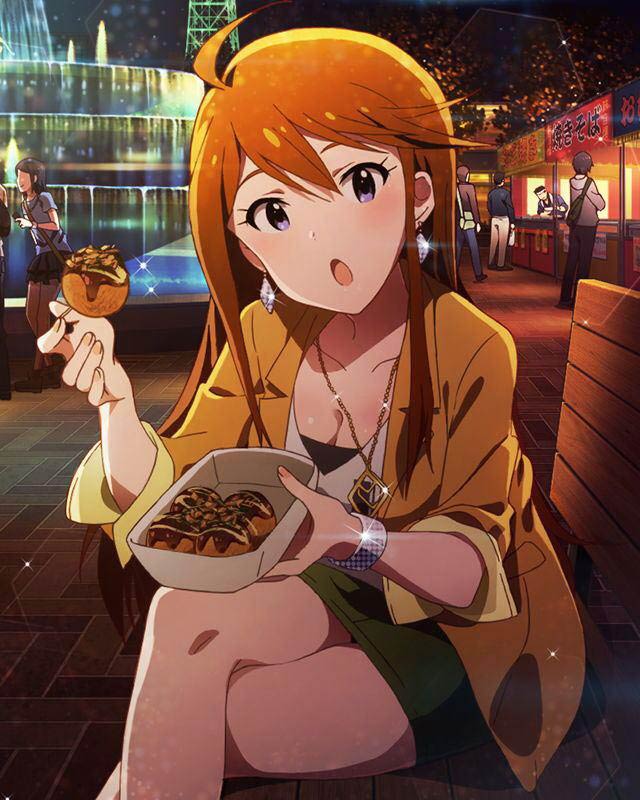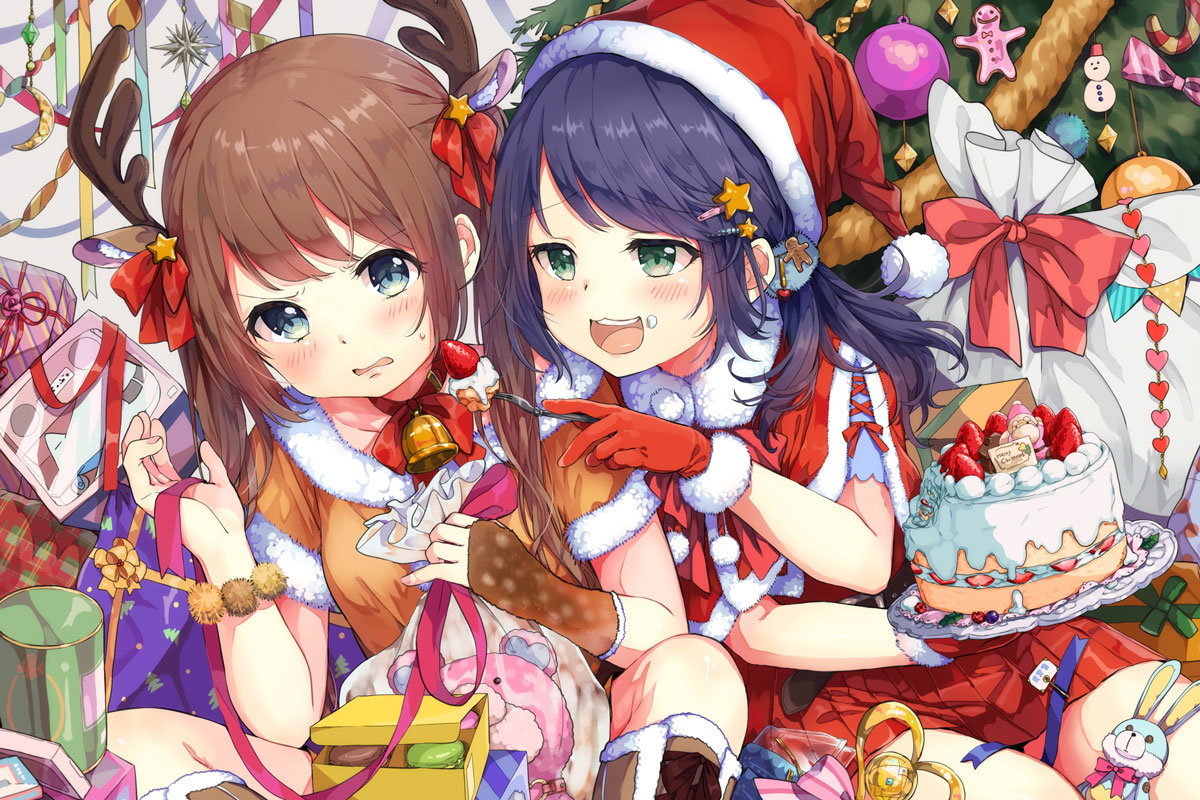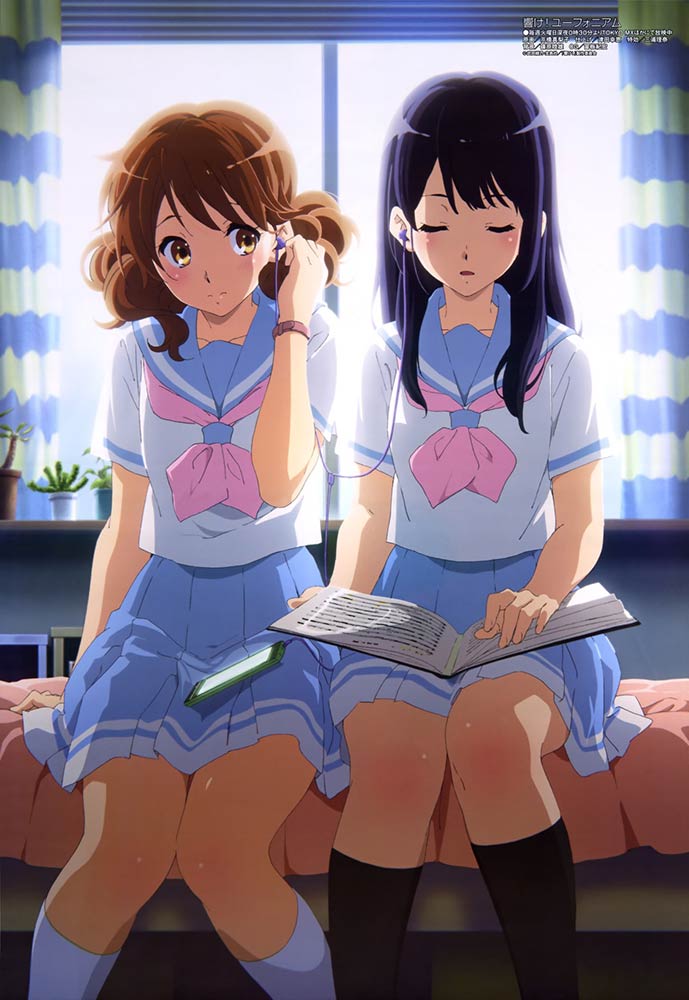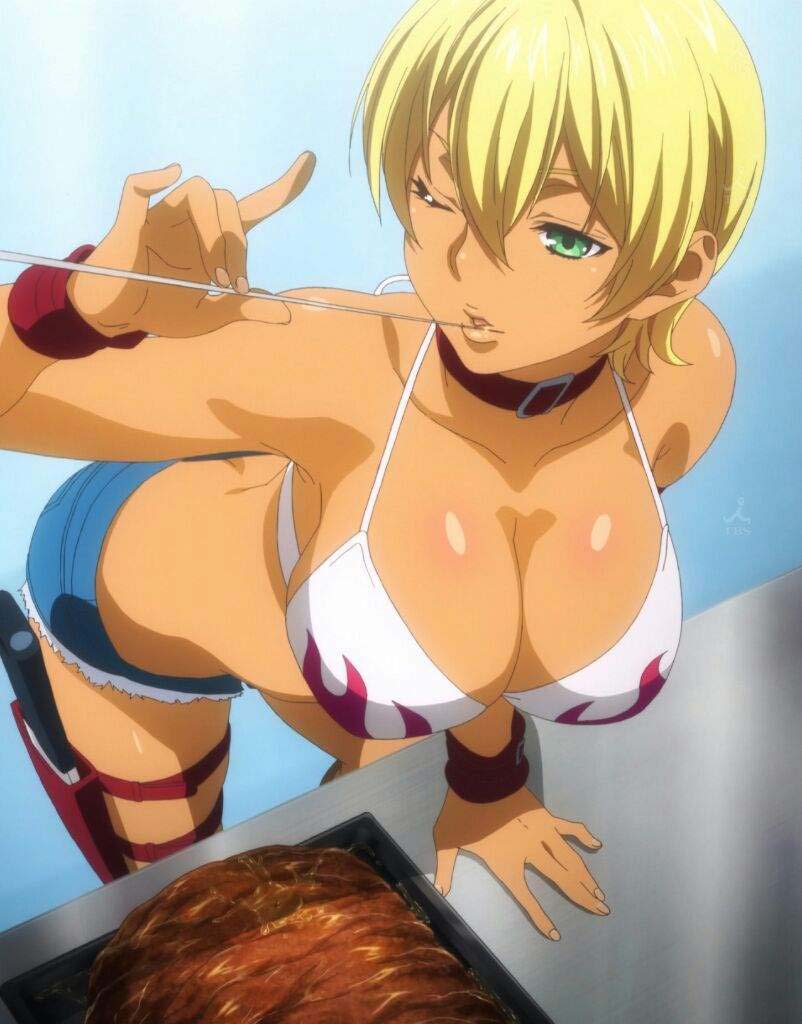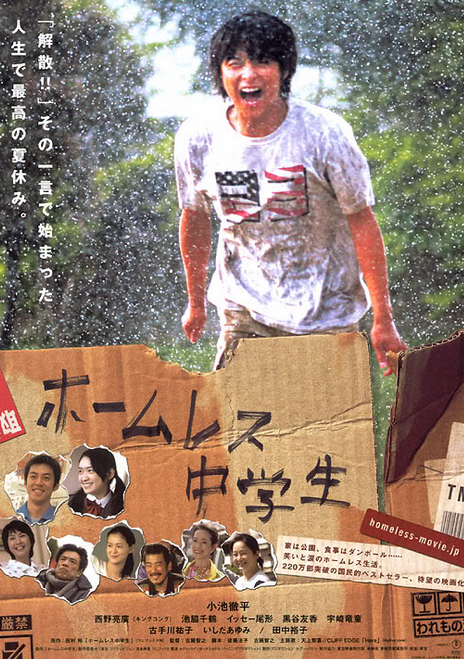One of the things I like best about living in Japan is the food. From traditional types of Japanese cuisine like sushi and sashimi to rice bowl-based foods like Oyakodon (“parent-and-child rice bowl,” made with chicken and eggs) to local versions of Chinese dishes and all types of bento, eating in Japan is a joy. Japanese food has a reputation for being healthy, and in a lot of cases it is, containing less fat and fewer highly processed ingredients, but the reverse is also true: there are plenty of popular foods here that can kill you. The most famous deadly Japanese food is fugu (pufferfish), which contains a poison that paralyzes your body while you suffocate, but since fugu chefs must undergo years of training and be licensed by the government, deaths from it are quite rare today. A more dangerous food is mochi, or rice cake, essentially a square of extremely dense rice that’s been pressed into a solid shape. Cook it over a flame and it will turn soft and chewy — so chewy in fact that 30% of accidental deaths among the elderly supposedly come from choking on it. A similar food is konjac or Devil’s Tongue, a kind of yam eaten throughout Asia that’s grated, pressed and boiled until extremely firm, like gelatin made with very little water. Although the low-calorie/high-fiber food is popular with dieters, konjac is so firm that it must carry warning labels on the packaging, and no matter how careful people are, occasionally children or elderly manage to choke on it. All told, a staggering 4000 Japanese choke from overly chewy foods each year in Japan, a very sad statistic.
I love, LOVE this stuff, mochi. Sadly, it’s about the most calories you can have in one meal.
